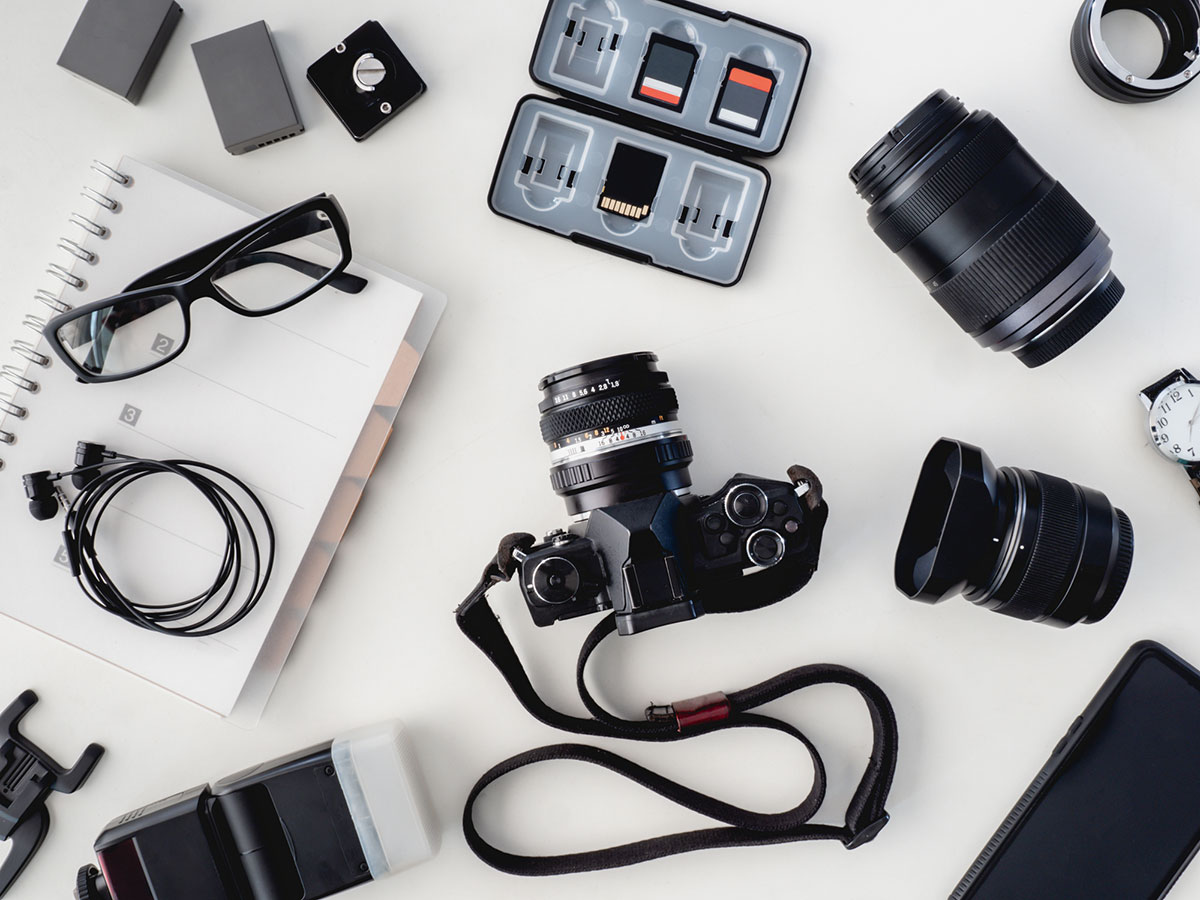Why hire a professional photographer?
We recommend that our clients hire a professional photographer at least once or twice a year (or take advantage of extra contract hours to have one of our team’s photographers come out for a visit). While photos can be gathered from staff and taken with phones easily, having professional-quality photos available in an archive to pull from makes a huge difference in the quality of materials produced by an organization.
Quality photos of your students and staff contribute greatly to family and community engagement with your organization on social media and in print publications. Photos of actual students/staff/facilities allow community members to experience the exciting things happening under your roof in a way that can’t be matched by words or a stock photo. And while staff members may have phone cameras, they are generally too busy to take photos and often lack the skills necessary to capture the action or mood.
Making the most of your photoshoot
So you’ve decided to schedule a professional photographer: How can you ensure that you make the most of this opportunity and get the shots you really want? The answer lies in planning, of course.
- 1. Prioritize
Make a list for yourself of the photos you want and prioritize them by “essential” and “nice to have.” I’ve given an example list below.
- 2. Get information
From that list, decide who will need to be photographed and where. Reach out to the necessary staff to get a list of dates and times that are possible to achieve the photos on your list. Double check that everyone to be photographed gives permission.*
Sample Photo List:
Must-Have:
- TK photos for enrollment promotions & story
- Superintendent headshot
- Beauty shots of new building
Nice to Have:
- Photos of levy-funded activities (band practice, choir, sports practice)
- Kids getting off bus
- General classroom learning
- 3. Schedule it!
From your list, figure out which times are fixed (such as baseball practice at 3pm) and which are flexible (such as general kids in classrooms). Don’t forget about travel times between locations! This is the hardest part of any photoshoot planning, and you may come to realize that it can’t be done in one day. This is where the prioritization comes in and why you might want to schedule photoshoots more than once a year, if possible.
- 4. Communicate
Once you have the photoshoot itinerary, share it and a list of possible dates (if flexible) with your photographer. When the date and photographer are secured, share the schedule with your staff involved, so they know what is happening. There should be no surprises when the photographer shows up in the building.
- 5. Arrange guides
Make sure that your photographer knows where to go and who to meet. There should be a guide from your organization at every location to ensure that the photographer knows where to be and who to photograph.
* A note about photo permissions
Every school district has its own process for photo permissions. When having lots of general student photos taken, building secretaries can double check that students on a “do not photograph” list are not shown after the fact. However, you should check ahead of time for any students that will be featured prominently in your “essential” photos. There is nothing worse than dozens of amazing photos that you can’t use.
Not a district? Need help with a photo permission form or process? We have a sample permissions form we can share and can offer advice for ESD programs.
TIME SAVING TIP
Piggybacking on an existing event can make scheduling and having guides easier. For example, if your school board will be touring several schools on a given date, have a photographer tag along. Just be sure that the photographer has enough time and space to grab photos without a tour group in the background of every shot.
Special Considerations
Depending on your photo goals, your photographer might need to bring special equipment or the photoshoot might need to take place at a certain time of day. When planning a photoshoot, talk with your photographer about your needs and goals from the start. Here are some examples of photos that take special consideration:
- “Beauty shots” of school buildings: The photographer might need a wide-angle lens or a drone, depending on the building. Taking the photo in the morning or evening when school is not in session is ideal. Keep in mind the time of year and how the landscaping looks.
- Group photos: Similar to school building photos, the photographer will need a wide-angle lens or be able to get far enough away to fit in the whole group. Tiered bleachers are ideal for large groups. A bench or hillside can work for smaller groups. For truly large groups, consider a drone shot taken from slightly overhead.
- Candid photos: The photographer will need a telephoto lens that can get up close to subjects while the photographer is standing across the room.
- Video: Does your organization need video as well as photos? Consider having a videographer and photographer come on the same day.
Build Your Photo Archive
Communications are becoming more visual in the digital age. You don’t want to be scrambling every time you need to post on social media or have a publication to mail out. With a little planning, your organization can start building an archive of hundreds of professional photos that you can utilize for years to come.


